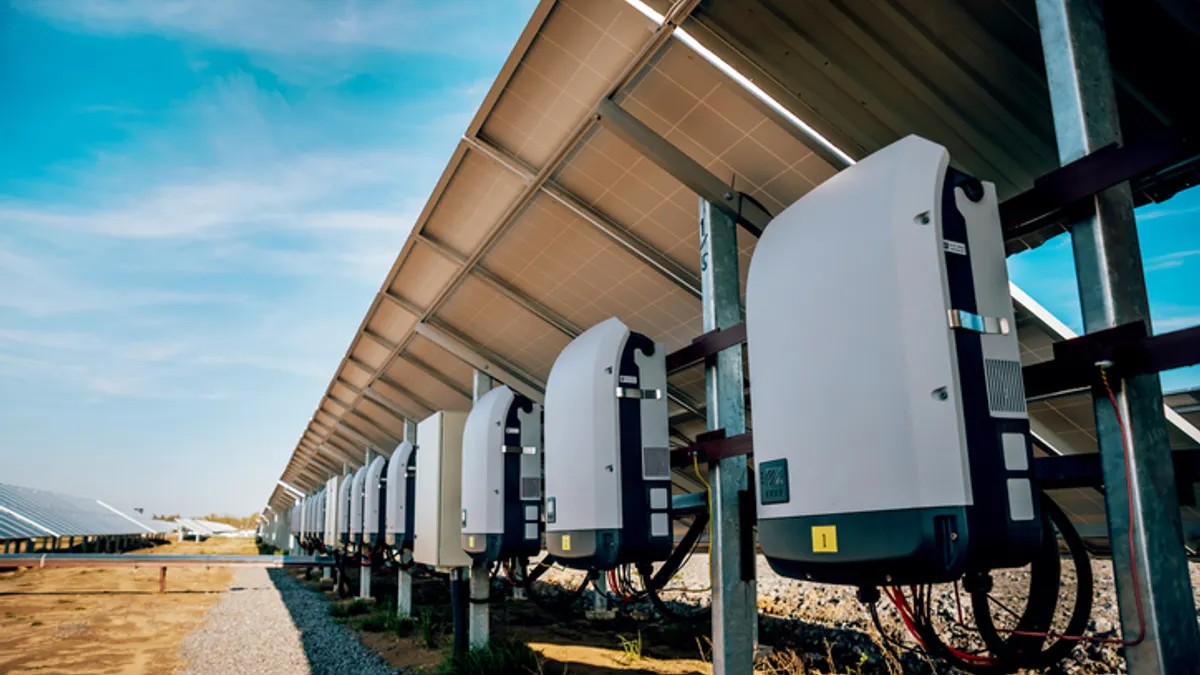Dive Brief:
- The Electric Reliability Council of Texas (ERCOT) issued an Energy Emergency Alert (EEA1) Thursday, marking the second time this week that the grid operator was forced to rely on customer conservation and call on all available sources of generation.
- The grid operator for 90% of the state reported more than 5 GW of unplanned outages yesterday, while wind production also dipped.
- ERCOT officials knew going into this summer the region faced a tight supply-demand balance, with a planning reserve margin of about 8.6%. Before this week, the last time ERCOT activated the emergency alert system was in January 2014.
Dive Insight:
Texas energy prices reached $9,000/MWh yesterday, just as they did during Tuesday's heat wave when the mercury soared past 100 degrees. But temperatures Thursday were more moderate, and grid officials said it was a spike in unplanned outages that caused reserve margins to fall.
ERCOT calls an EEA1 when reserves fall below 2,300 MW and are not expected to recover immediately. Officials said 5,200 MW of unplanned outages caused margins to dip on Thursday.
"Most of the generation on the system, almost all, has been online every day this week," ERCOT Senior Director of System Operations Dan Woodfin told reporters in an afternoon call. "As you run those units, in spite of the fact they are very well maintained, there may be forced outages."
ERCOT issued its EEA1 and calls for conservation around 4 p.m. By 6 p.m., the grid operator said operations had returned to normal, but tweeted "conservation is still encouraged."
During an energy emergency, the grid operator asks customers to reduce cooling demand, limit the use of large appliances and schedule pool pumps to run during off-peak times. ERCOT can also import power, and call on large customers to reduce their load if needed.
If the first alert is insufficient, ERCOT can issue an EEA2 when reserves fall below 1,750 MW; in those instances, the grid operator can turn to industrial demand response. In an EEA3, when reserves fall below 1,000 MW, ERCOT "will order transmission companies to reduce demand on the electric system," which is "typically done through rotating outages."
ERCOT went into this summer with a planning reserve margin below 10% but said it expects the margin to rise in the next two years as new wind and solar projects in the interconnection queue come online. In 2020, the reserve margin is expected to be 10.5%, rising to 15.2% in 2021, according to the grid operator's final Seasonal Assessment of Resource Adequacy for summer 2019, released in May.













